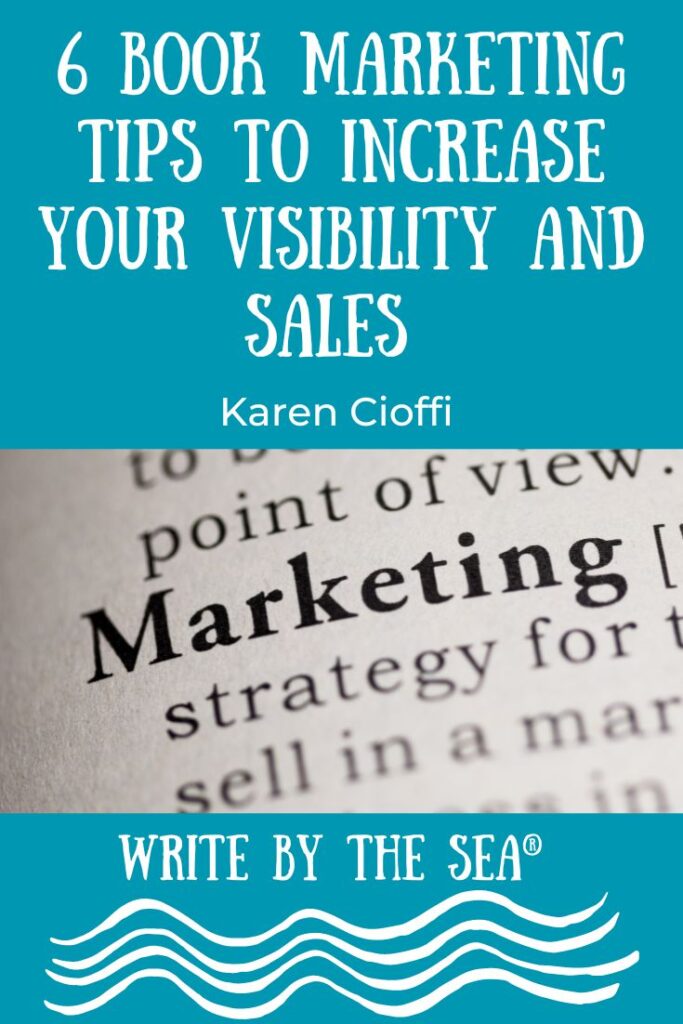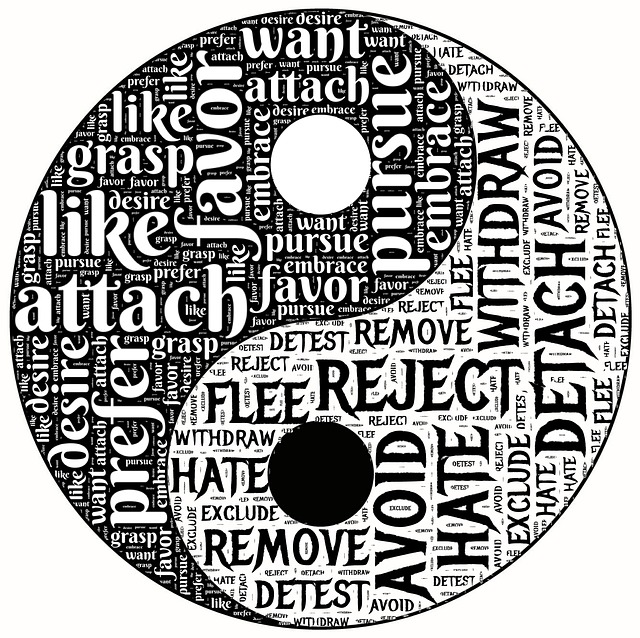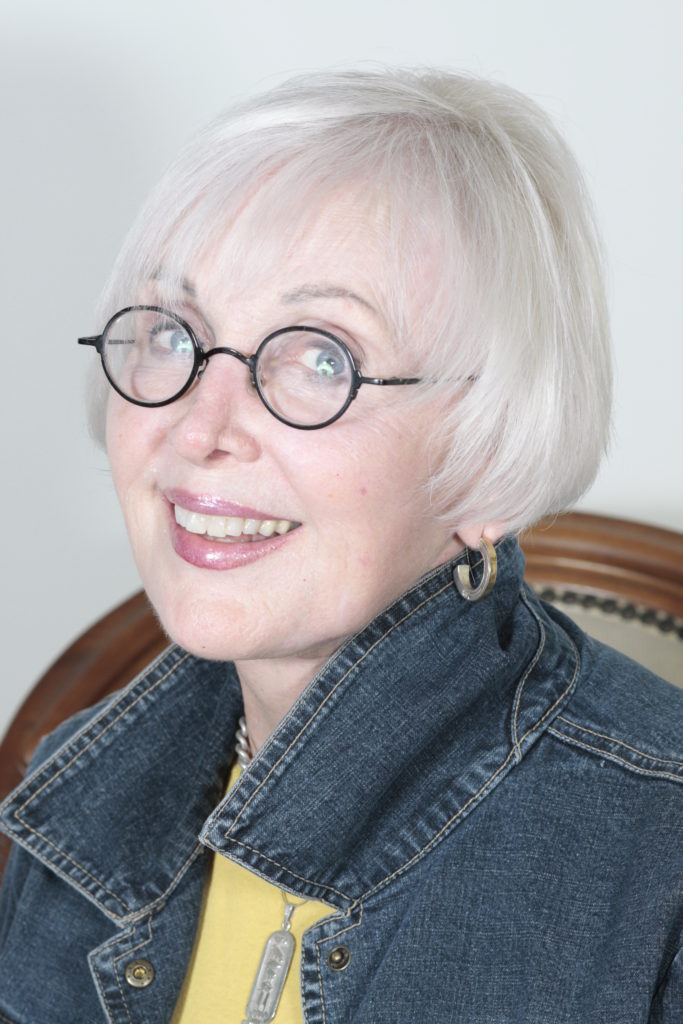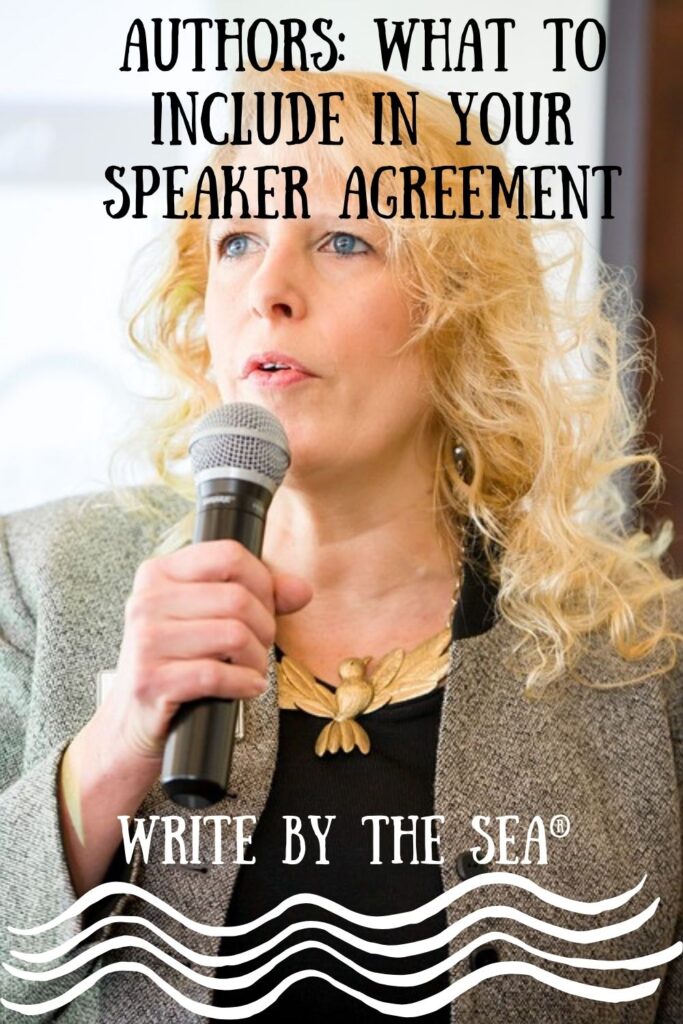If we read the newspapers or watch TV we know that advertising sells. What about free advertising and publicity?
But even those big guys who do all the advertising aren’t sure what works best when it comes to advertising.
A huge retailer once said that advertising works, we just don’t know how, why, or where it works best.
Publicity is advertising’s less mysterious cousin.

It is the more reliable relative because it is judged on its merit alone and carries the caché of an editor’s approval.
It also is surrounded by the ever-magic word “free.”
The two are easily identified as kin.
They often walk hand-in-hand and yet they can be incompatible.
The editors of good media outlets will not allow the advertising department to influence them.
Still, in an effort to be completely impartial they reserve the right to use advertiser’s stories editorially if they deem them newsworthy.
That is why it is helpful to use advertising in a vehicle that plays to the audience you would like to see standing before your cash register or clicking on your Amazon buyer page.
Advertising can be an entrée to the decision-makers.
A contact in the advertising department may be willing to put a news release on the desk of one of his editors, maybe even encourage her to look at it.
They can make no promises, but it does sometimes work.
If you’re going to try this route, choose a “little pond”, a bookish brochure or an “arty” weekly so that the dollars you spend will be noticed.
Sometimes a magazine or newspaper runs a special promotion called advertorial.
These are sections where you pay for an ad and then the newspaper assigns a reporter to cover the story you want told.
The article carries some of the prestige of editorial copy—that is the general reader may assume the article has been chosen only on its merits because of its copycat character.
The writer or editor you meet can be approached later when you have an exceptional story to tell.
Publicist Erin Shachory handles consumer publicity and consults on advertising strategies.
She knows that her clients hire her—at least in part—for her “great database.”
It is something that, over time, you can build for yourself.
Still advertorial isn’t FREE when you have to pay to see yourself or your book featured.
If you can’t really afford to approach a publicity campaign this way, carve out some time to do it yourself and follow these 15 commandments for doing it yourself:
Educate Yourself: Study press releases that come to you from suppliers, stores and other authors. Read books like the multi award-winning Frugal Book Promoter now in its second edition. Take a marketing class especially designed for people in your field. Authors will find online classes given by most universities these days. Why take a chance with the vagaries of the Web when these classes have been vetted.
Read, read, read: Your IBPA and writers’ groups’ newsletters. Your newspaper. Your e-zines. Even your junk mail. My daughter found a flier from the local library in the Sunday paper stuffed between grocery coupons. It mentioned a display done by a local merchant in the library window. Now we’re going to install one for my book, too! Rubbish can be the goose that laid the golden egg.
Keep an open mind for promotion ideas: Look at the small details in your book. There will be angles there you can exploit when you’re talking to editors. My first novel, This Is the Place, was sort of romantic (a romance website will like it) but it is also set in Salt Lake City, the site of the 2002 Winter Olympics© and, though that’s a reach, I pitched it to sports desks, and as a related idea to feature editors as Olympic © fervor grew and after the Olympics when editors needed still needed stories but they weren’t receiving as much information in their e-mail boxes. (I use the past tense here because it is out of print and available only through Amazon’s new and used feature.)
Cull Contacts: Develop your Rolodex by adding quality recipients from media directories. You reference librarian can help you find amazing resources that list every newspaper or every magazine in the US. A good research librarian is like a shark; she’s tireless and once she has her teeth in something, she won’t give up until she has what she wants.
Etiquette counts: Send thank-you notes to contacts after they’ve featured you or your book. This happens so rarely they are sure to be impressed and to pay attention to the next idea you have, even if it’s just a listing in a calendar for your next book signing.
Partner with your publicist and publisher: Ask for help from their promotion department—even if it’s just for a sample press release.
Publicize who you are, what you do: Reviewers aren’t the only way to go. What if you’re very young? What if writing a book is a new endeavor for you? What if you are a senior and therefore qualify for the many sites and weekly newspapers aimed at that demographic? Several editors have like the idea that I wrote my first book at an age when most are thinking of retiring, that I think of myself as an example of the fact that it is never too late to follow your dream.
Develop new activities to publicize: Don’t do just book signings. Use your imagination for a spectacular launch. Get charities involved. Think in terms of ways to help your community. All the profits from my poetry book, Imperfect Echoes, goes to Amnesty International. And I let my audience know about that.
Send professional photos with your release: Request guidelines from your target media. It never hurts to send a Kodak (or iPhone) moment—properly labeled—along with your release.
Frequency is important: The editor who ignores your first release may pay more attention to your second or twenty-fifth. She will come to view you as a source and call you when she needs to quote an expert. This can work for novels, too. I received a nice referral in my local newspaper because I am now an “expert” on prejudice, even though my book was a novel and not a how-to book. I am now writing poetry with tolerance as a theme and that adds to my credibility as a source.
Follow Up: Shel Horowitz, author of Grassroots Marketing: Getting Noticed in a Noisy World, reports that follow-up calls boost the chances of a press release being published. Voice contact builds relationships better than any other means of communication.
Keep clippings: Professional publicists like Debra Gold do this for their clients; you do it so you’ll know what’s working and what isn’t.
Evaluate: One year after your first release, add up the column inches. Measure the number of inches any paper gave you free including headlines and pictures. If the piece is three columns wide and each column of your story is six inches long, that is 18 column inches. How much does that newspaper charge per inch for their ads? Multiply the column inches by that rate to know what the piece is worth in advertising dollars. Now add 20% for the additional trust the reader puts in editorial material. Now compare the stories that you pitched that got published vs. the ideas you pitched that didn’t and figure out how to make that work better for you in the coming year.
Set goals: You now have a total of what your year’s efforts have reaped. New publicists should set a goal to increase that amount by 100% in the next year. If you already have a track record, aim for 20%.
Observe progress: Publicity is like planting bulbs. It proliferates even when you aren’t trying very hard. By watching for unintended results, you learn how to make them happen in the future.
Free advertising and publicity can be part of your marketing strategy: Click Here
About Carolyn Howard-Johnson
 Carolyn Howard-Johnson brings her experience as a publicist, journalist, marketer, and retailer to the advice she gives in her HowToDoItFrugally series of books for writers and the many classes she taught for nearly a decade as instructor for UCLA Extension’s world-renown Writers’ Program.
Carolyn Howard-Johnson brings her experience as a publicist, journalist, marketer, and retailer to the advice she gives in her HowToDoItFrugally series of books for writers and the many classes she taught for nearly a decade as instructor for UCLA Extension’s world-renown Writers’ Program.
All her books for writers are multi award winners including both the first and second editions of The Frugal Book Promoter and her multi award-winning The Frugal Editor won awards from USA Book News, Readers’ Views Literary Award, the marketing award from Next Generation Indie Books and others including the coveted Irwin award.
Howard-Johnson is the recipient of the California Legislature’s Woman of the Year in Arts and Entertainment Award, and her community’s Character and Ethics award for her work promoting tolerance with her writing. She was also named to Pasadena Weekly’s list of “Fourteen San Gabriel Valley women who make life happen” and was given her community’s Diamond Award for Achievement in the Arts. Her first novel mentioned in this article is out of print but is still available using Amazon’s New and Used feature and her agent is shopping her second, This Land Divided, already a prize winner in WriterAdvice.com’s Scinetiallating Starts contest.







Wow, Carolyn, so much to learn!
Thank you for the great information. I plan to simply attack one of the 15 publicity tips at a time. I will keep the article ready to refer to as needed.
It’s so easy to read good information and not follow through. 2017 is my year to prepare, plan and produce!
Thanks and blessings.